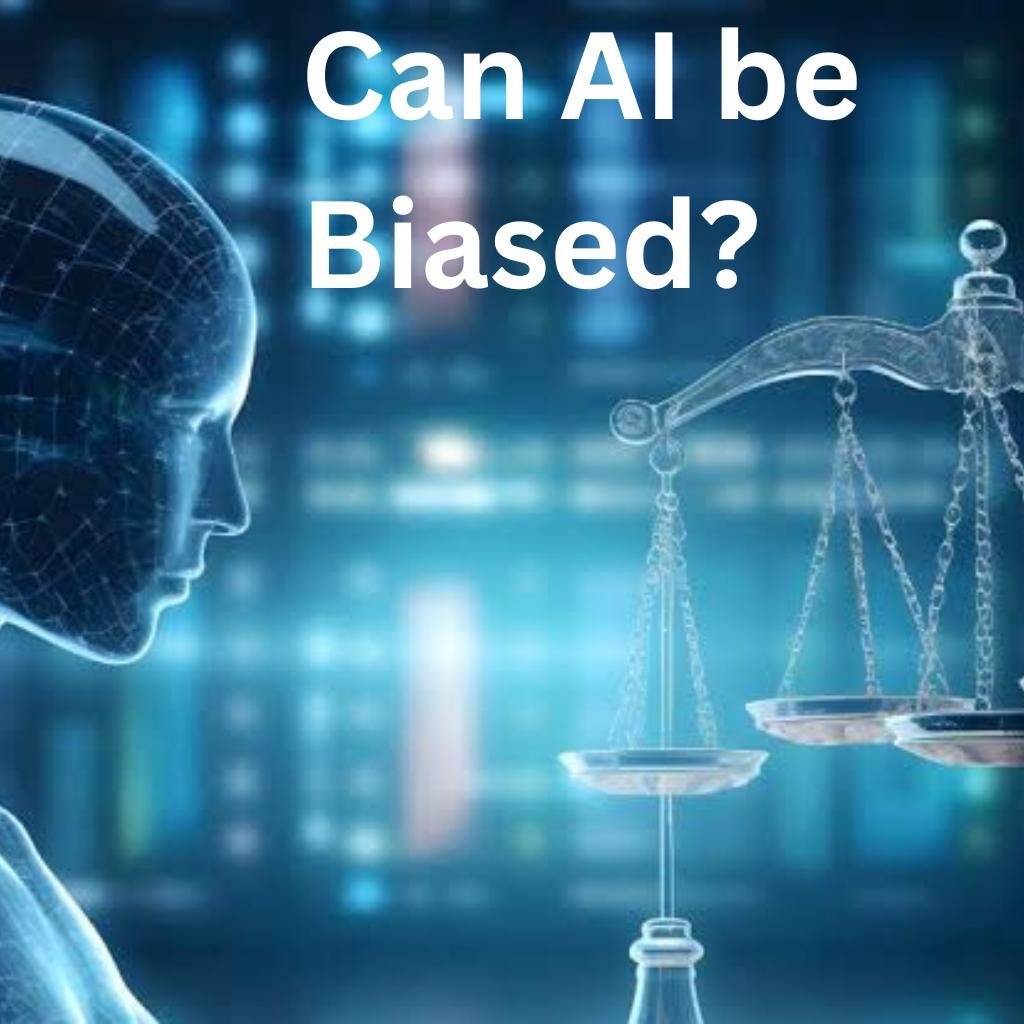Understand How AI Bias Happens, Why It Matters, and What’s Being Done to Make AI Fairer
A simple guide to AI ethics
Introduction
AI is now part of almost every aspect of life, from applying for a job to using voice assistants at home. But can AI be unfair or biased? Absolutely. Just like humans, AI can make mistakes or show favoritism because it learns patterns from human data. This guide will help you understand how AI bias happens, why it’s important, and what’s being done to build more ethical, fair systems.
What is Bias in AI?
Bias in AI happens when the technology produces unfair or unbalanced results. This might look like favoring one group over another, misunderstanding languages or cultural nuances, or making inaccurate predictions because the training data was not diverse or complete. At its core, bias in AI reflects problems in the data or the way the systems were designed.
Examples of AI Bias
Here are some real-world situations where AI bias has caused problems. Job filters: Some AI resume screening tools have been found to favor male candidates over female candidates, especially for technical roles. Facial recognition: Many facial recognition systems have a harder time correctly identifying people with darker skin tones. Healthcare predictions: AI tools that predict medical risks sometimes fail to give accurate results for people from underrepresented communities, potentially affecting care.
Why Does AI Bias Happen?
AI bias usually starts with how the system is trained and built. Some common reasons include biased data, where AI learns from historical examples that may have been unfair. Limited samples are another problem; if the data doesn’t include enough examples from certain groups, the AI simply doesn’t learn about them properly. Finally, human design can also introduce bias, since the people who build AI systems might unintentionally pass along their own assumptions.
How Can We Fix AI Bias?
AI developers, companies, and researchers are taking several steps to make systems fairer. Better data means ensuring the training sets are diverse and represent different groups accurately. Regular testing helps check how AI performs across various groups to catch problems early. Transparency encourages companies to openly share how their AI works and what data it uses. Human oversight is also important, making sure people review AI decisions to catch errors or biases before they cause harm.
Should You Be Worried About Biased AI?
Not all AI is harmful, but it’s important to stay aware. When AI is used in critical areas like hiring, lending, law enforcement, or healthcare, even small mistakes can have serious consequences. The positive news is that experts and policymakers around the world are actively working on rules, guidelines, and technical solutions to make AI safer and more equitable.
What You Can Do as a User
While most of the big changes will come from companies and governments, you still play a role. Be aware that AI decisions aren’t always perfect. Report problems if something feels off—many apps and tools let you give feedback. Stay informed by reading articles or watching videos about ethical AI and how technology is evolving.
Conclusion
AI is a powerful tool that mirrors the world we feed into it. That means it can learn our biases, but it also means we have the power to correct them. With thoughtful design, careful testing, and transparency, we can build AI systems that are not only intelligent but also fair. Stay curious, stay informed, and let’s work together to shape better technology for everyone.
Help Us Spread Awareness
If you found this guide helpful, please share it with your friends, colleagues, or anyone curious about AI. Together, we can build a smarter, more inclusive future. We’d also love to hear your thoughts, so leave a comment or join the conversation. Your perspective matters.






